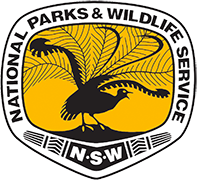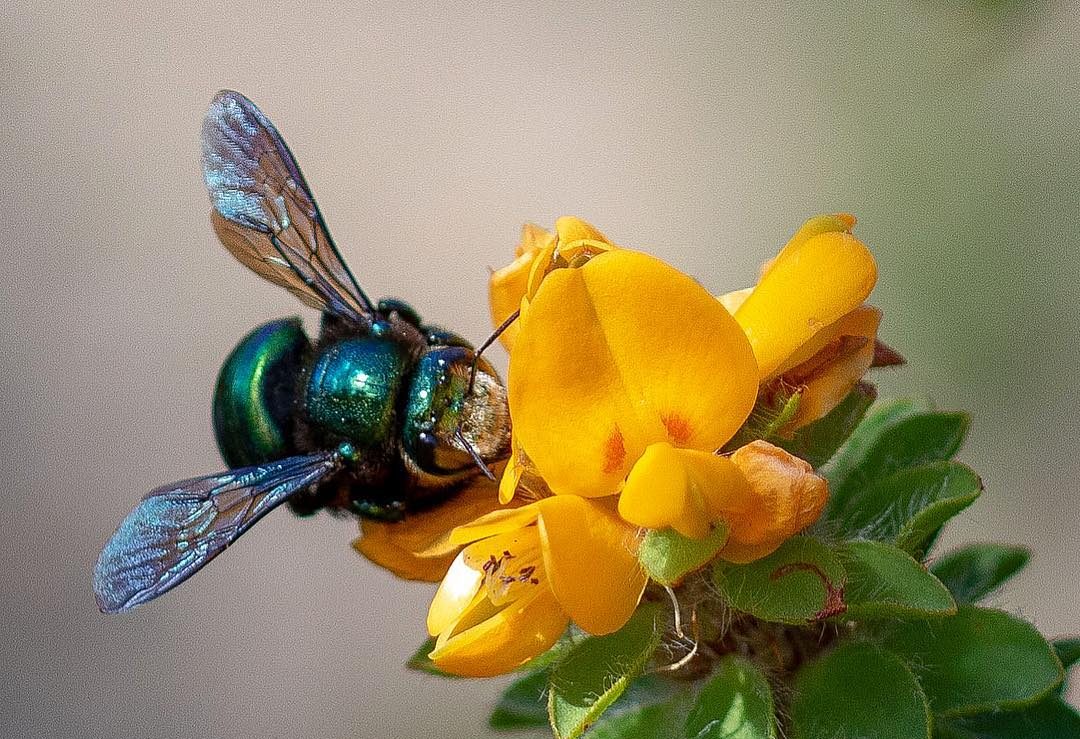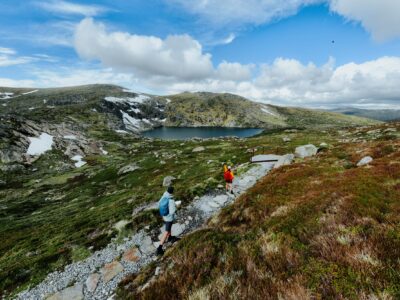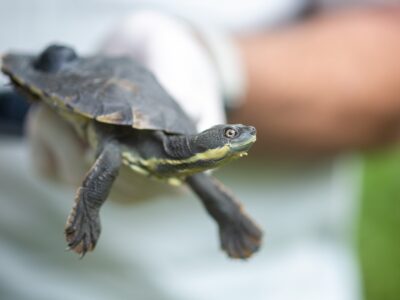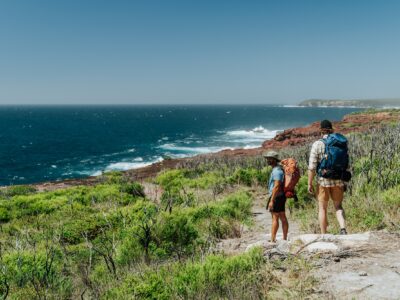Landscape views are impressive, but focusing on the little things can really make you appreciate the beauty of nature. Head outdoors and make the most of wildflower season in NSW national parks. Right now it’s the perfect temperature for going on a wildflower walk and with these macro (or extreme close-up) photography tips, you’ll brighten up your Insta feed as well as your mood.
-
1/5
Think about the lighting
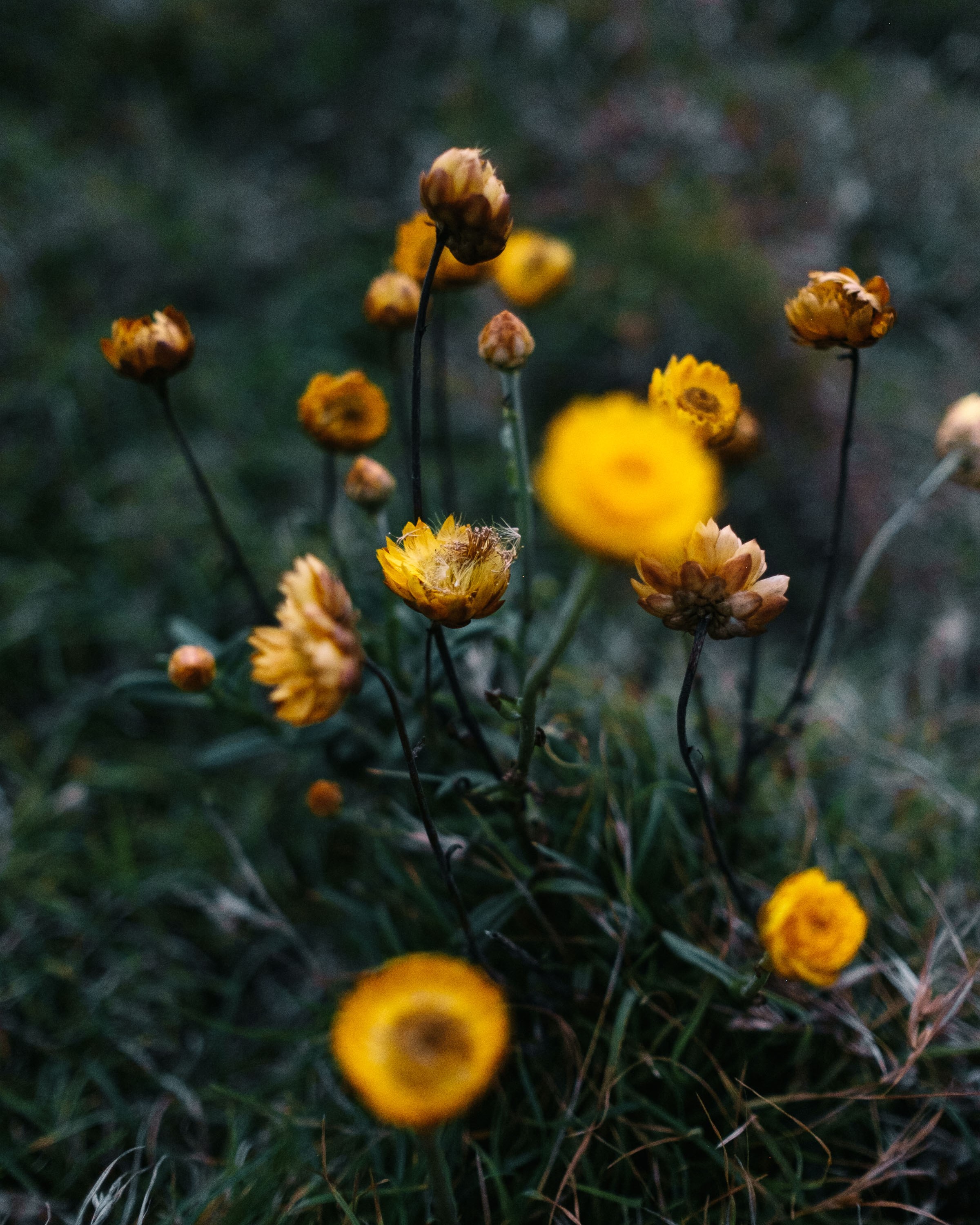 Photo Information
Photo InformationThe Golden Everlasting flower (Xerochrysum bracteatum)
Mid North Coast, NSW
Noah Strammbach (2018)
Sunny days may be perfect for enjoying a nature walk in a national park, but they’re not so hot for shooting wildflowers. Finding the right light is super important—too much will overexpose the photo and not enough will cast harsh shadows on your subject. Try for a bright but overcast day, or take your photos just after sunrise or later in the afternoon when the sunlight is a little softer.
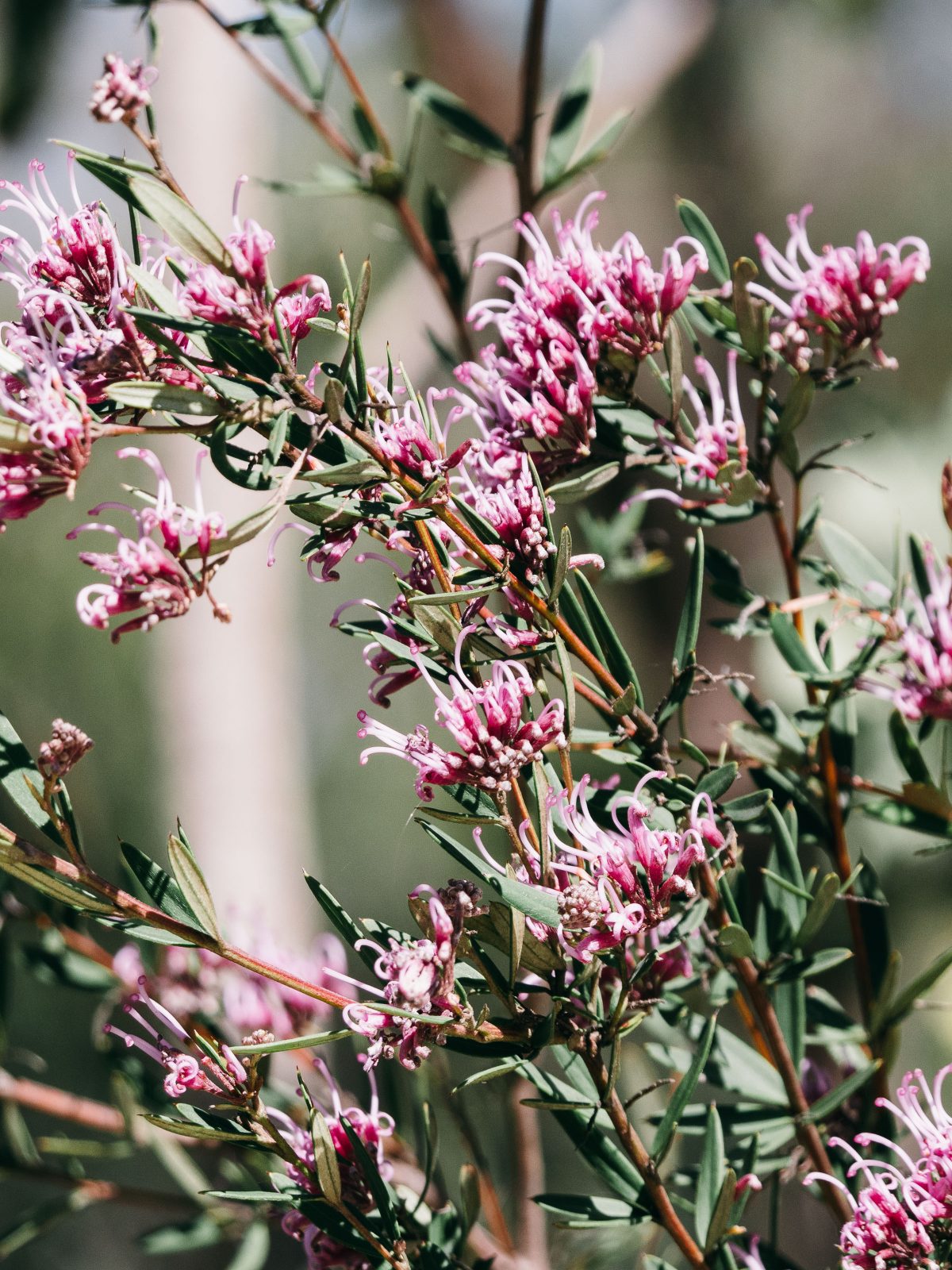 Photo Information
Photo InformationThe spider flower (Grevillea)
Ku-ring-gai Chase National Park
Noah Strammbach (2018)
Wildflower spotting tip: Head to Ku-ring-gai Chase National Park to see the Spider flower (Grevillea), with its distinctive bright pink or red flowers.
-
2/5
Choose the right angle
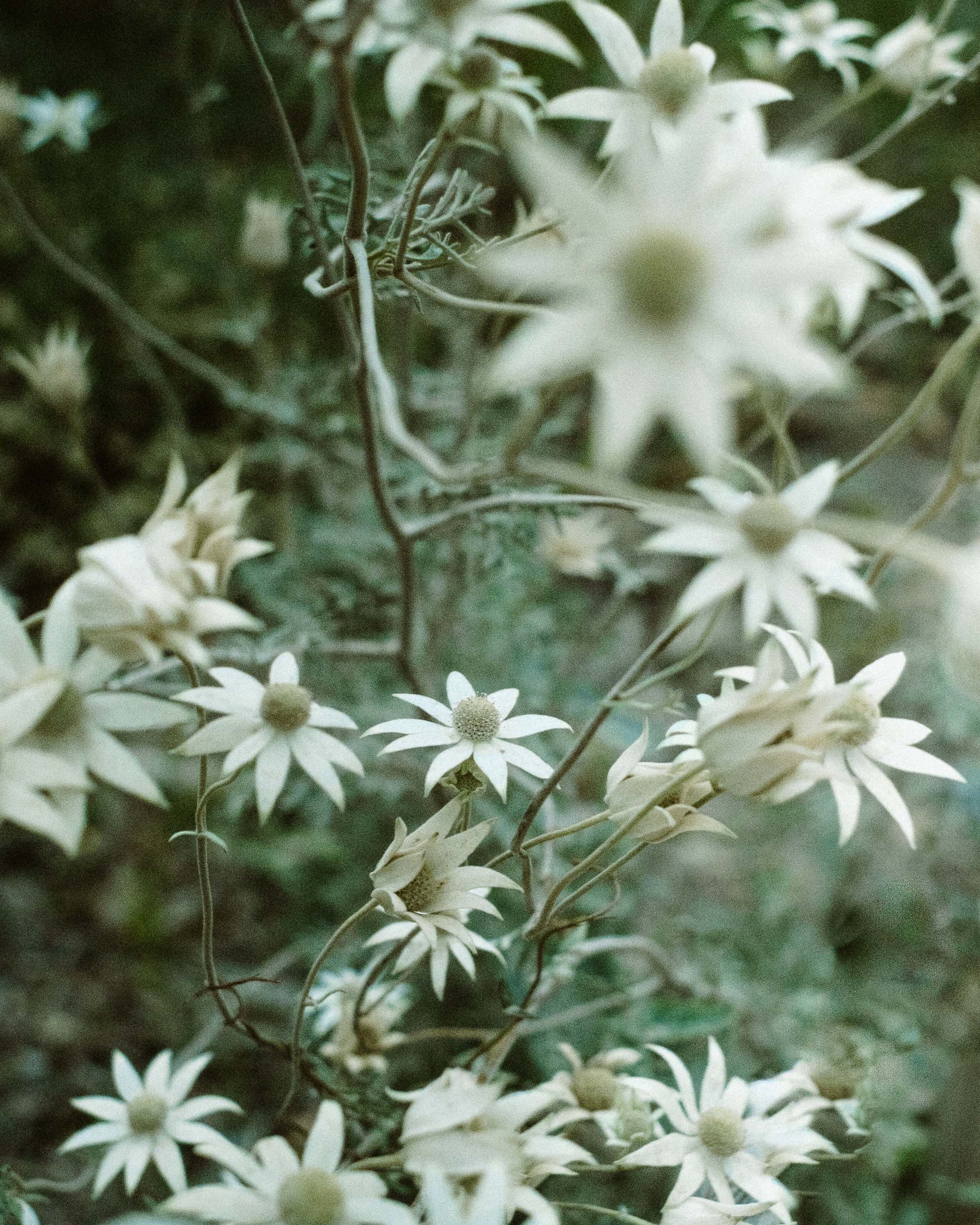 Photo Information
Photo InformationGetting creative with angle of the flannel flower
Worimi National Park
Noah Strammbach (2018)
Try to choose a focal point and fill the frame with colour, but don’t worry too much if the edges are out of focus. This will draw the eye to the middle of the photo. Get creative with your angles and look for lines or shapes that can run diagonally through the photo. Practice makes perfect, so try to take lots of photos of the same plant, because there is almost always a perfect angle.
View this post on InstagramWildflower spotting tip: The Flannel Flower walking track in Bouddi National Park overlooks the coastline and is covered in pretty white flowers during spring.
Did you know? Tea tree flowers also bloom in spring. The plant’s leaves were a favourite among English settlers, who used them as a substitute for tea.
-
3/5
Find the right model
View this post on InstagramIt’s all about the talent, right? Same goes for nature photography. Look around and find the right plant or flower—one that isn’t damaged or blowing around in the wind. Tiny details like raindrops or insects can make your photo even more special, so look closely before you start shooting. Don’t forget to think about the background too. It should contrast with the flower without being a distraction.
Wildflower spotting tip: Billy buttons are known as woollyheads, because of their golden, globe shaped flowers, which each sit on top of a delicate stalk. They are found in dry forest, grassland and alpine regions such as Kosciuszko National Park.
-
4/5
Capture it quickly
View this post on InstagramA fast shutter speed will freeze the image and capture it without any blur (also handy for windy days). Try for an aperture speed of f4-f8. You don’t need any fancy equipment to shoot wildflowers, although if you’re serious about upping your photography game, there are apps and lenses for your phone or camera that will let you go full macro.
Wildflower spotting tip: The Wonga wonga vine can be found in Walgun Cape Byron State Conservation Area and features stunning purple-tinged flowers that bloom over spring and summer.
-
5/5
Leave no trace
View this post on InstagramIt goes without saying—make sure you don’t pick any flowers or plants in national parks, step on them or disturb the ground around them. They may be homes for tiny creatures or have a fragile root system. Enjoy their beauty and snap away, but stay on the walking track so they can be enjoyed by other people and animals in the future. Remember to leave no trace.
Wildflower spotting tip: The spectacular Gymea lily has flowers that reach up to 4m in height and is only found along the Sydney coast and surrounding bushland, such as Dharug National Park.
Did you know? Wildflowers and native plants are a protected species in Australia, so don’t be tempted to pick them.
